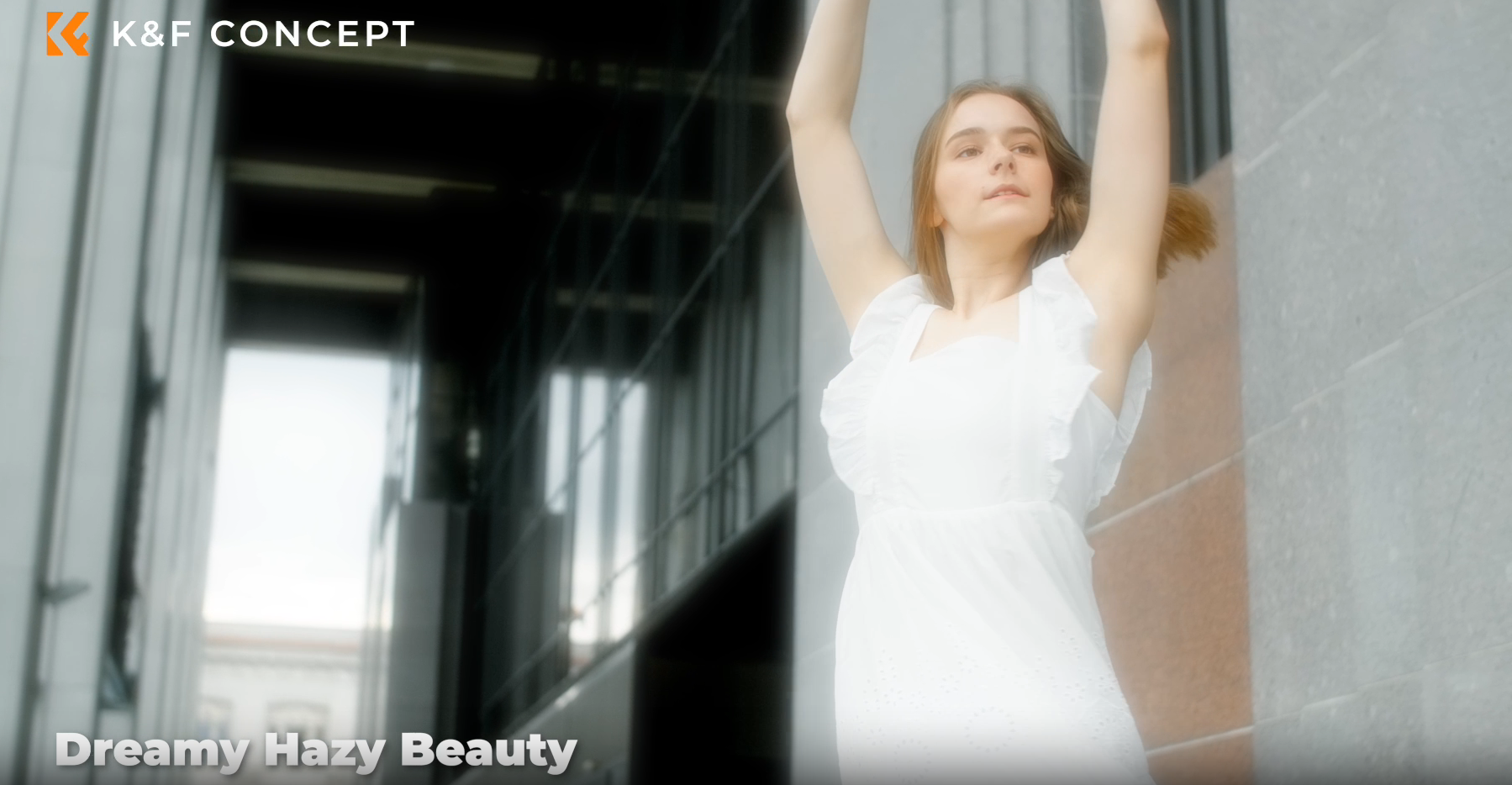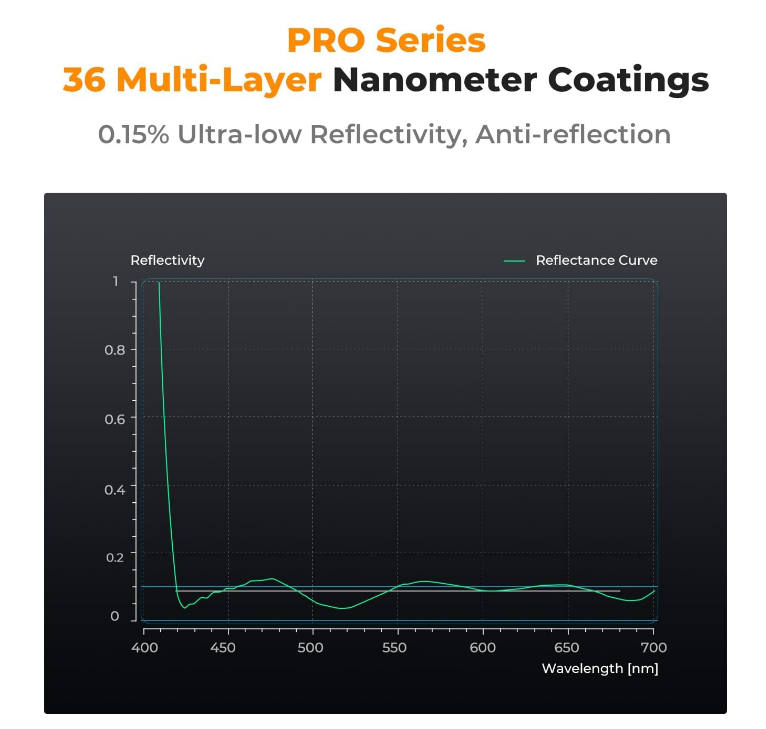Camera Lens Filters :How Filters Affect Photography
Thursday 20 June 2024
 3.2k
3.2k
 Reproduction without the author's authorization is prohibited
Reproduction without the author's authorization is prohibited
In the realm of photography, the lens filter is an indispensable tool that enhances and modifies images in unique ways. Whether you are a novice or a professional, understanding how different filters affect your shots can significantly elevate your craft.
What is a Filter?
A filter in photography refers to any device or software that modifies the image captured by the camera lens. Filters can alter various aspects such as color, contrast, sharpness, and exposure, helping photographers achieve specific effects or compensate for challenging lighting conditions. There are two main categories of filters: digital and physical.
Digital Filter
Digital filters are applied during post-processing or directly in-camera through software settings. These filters simulate the effects of physical filters and offer a wide range of creative possibilities. Modern cameras and editing software provide numerous digital filter options, allowing photographers to tweak their images with precision and ease.
Physical Filter
Physical filters, on the other hand, are tangible pieces of glass or plastic that attach to the front of the camera lens. These filters alter the light entering the lens before it reaches the camera sensor, offering real-time effects that can be crucial for specific shooting conditions. Physical filters are favored for their ability to produce certain effects that can be challenging to replicate accurately in post-processing.
The 4 Most Common Filters
White Diffusion Filter
The white diffusion filter, also known as a soft focus filter, is used to soften the image. It creates a dreamy, ethereal look by diffusing light and reducing contrast. This filter is popular in portrait photography as it smooths skin textures and minimizes blemishes, giving subjects a flattering appearance. It's also used in landscape photography to create a foggy or misty effect, enhancing the mood of the scene.
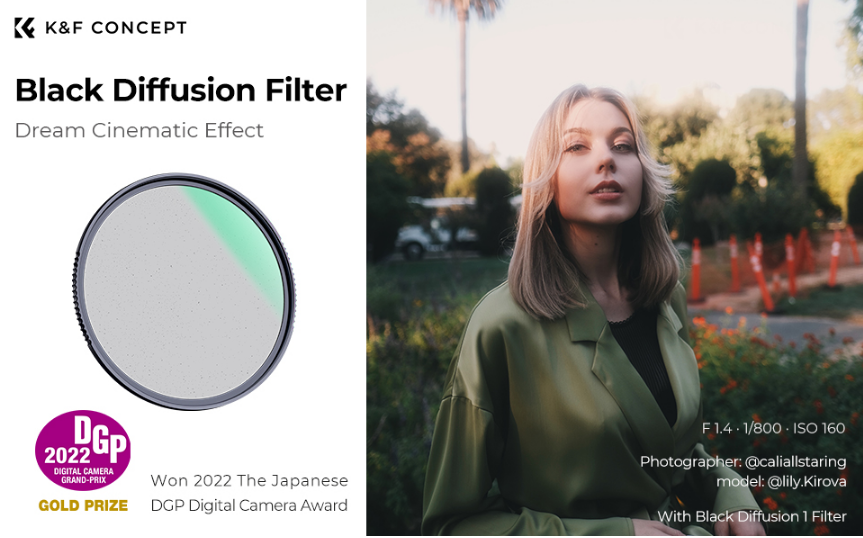
Black Diffusion Filter
Similar to the white diffusion filter, the black diffusion filter softens the image but with a subtler effect. It reduces highlights and maintains shadow details, providing a balanced diffusion. This filter is ideal for cinematic shots and portraits where a soft look is desired without losing too much detail. It helps to create a more natural and pleasing appearance, especially in high-contrast lighting conditions.
If you are interested in making your own black diffusion or white diffusion filter, you can check out this blog. This blog will teach you how to make your own black diffusion or white diffusion filter with low cost.
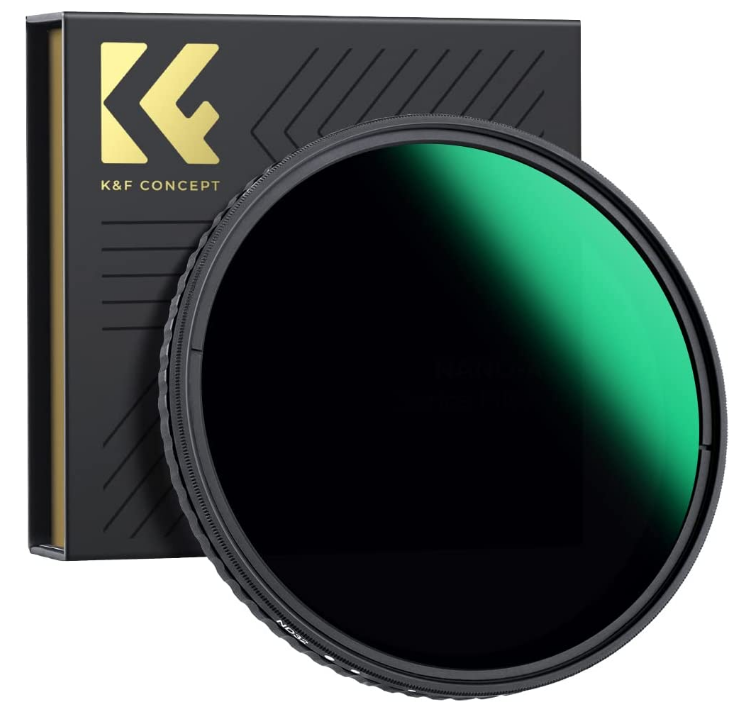
ND Filter
Neutral Density (ND) filters are essential tools for controlling exposure without affecting color balance. They reduce the amount of light entering the lens, allowing photographers to use slower shutter speeds or wider apertures in bright conditions. ND filters are invaluable for capturing motion blur in waterfalls, rivers, or moving clouds, and for achieving shallow depth of field in harsh lighting. They come in various strengths, measured in stops, to provide different levels of light reduction.
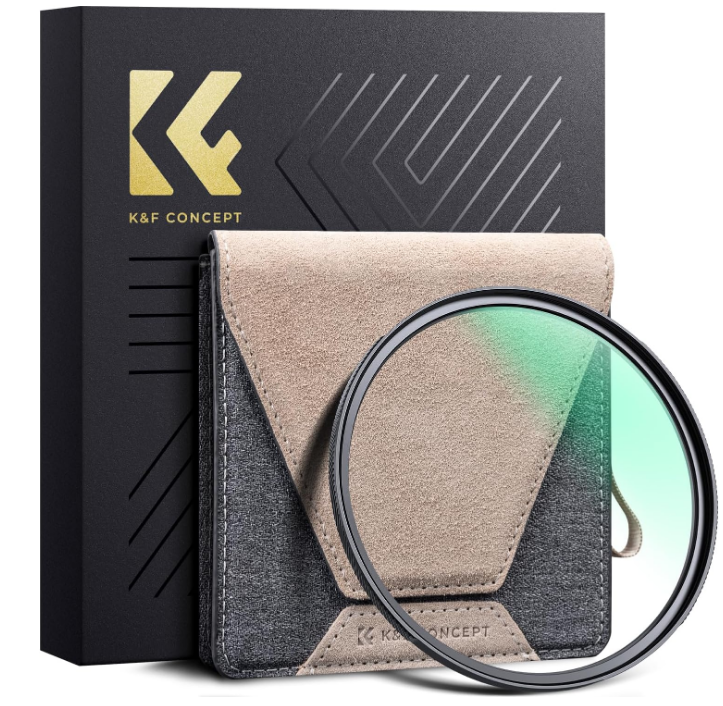
UV Filter
UV filters were originally designed to block ultraviolet light, which could cause haze and reduce clarity in film photography. While digital sensors are less susceptible to UV light, these filters are still widely used to protect the lens from scratches, dust, and moisture. UV filters are transparent and generally do not affect image quality, making them a convenient and cost-effective safeguard for your lenses.
If you want to understand whether you need UV filters or Neutral Density (ND) filters, check out this blog post.
Does Analog Photography Have Filters?
Yes, analog photography relies heavily on physical filters. Since post-processing options are limited compared to digital photography, filters play a crucial role in shaping the final image. Black and white photography often employs colored filters to alter contrast and tonal relationships.
In fact, most physical filters have been widely used in the film photography era. Because the post-processing methods available to film photographers are relatively limited, when they want to achieve certain effects, they can only achieve them through physical filters.
What should a good filter look like?
A good camera lens filter should be made from high-quality optical glass or resin with multi-coating to minimize flare and reflections, ensuring uniform thickness to prevent distortions and vignetting. It should have a sturdy frame of durable materials like aluminum or brass, a slim profile to avoid vignetting on wide-angle lenses, and a secure fit. Performance features should include scratch resistance, water and oil repellency, and anti-static properties. Specific filters like ND should offer consistent light reduction without color cast, CPL filters should rotate smoothly for even polarization, and UV filters should block UV effectively without reducing image clarity. Choose filters from a reputable brand, such as kfconcept.
Whether it’s photography or videography, K&F CONCEPT filter has the power to do it all.
Your great work is powered by high-standard, optical material applications and professional, strict manufacturing standards. Create your masterpiece with K&F CONCEPT.
Statement: all contents and remarks made by K&F CONCEPT 's intranet friends only represent themselves and do not reflect any K&F CONCEPT 's opinions and views.
-
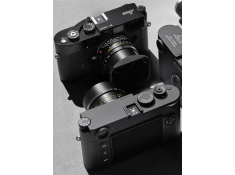 Leica M-mount Milestone! Leica M EV1 Camera SpecificationsWednesday 15 October 2025
Leica M-mount Milestone! Leica M EV1 Camera SpecificationsWednesday 15 October 2025 -
 Panasonic to release the LX100M3 camera on October 17thTuesday 14 October 2025
Panasonic to release the LX100M3 camera on October 17thTuesday 14 October 2025 -
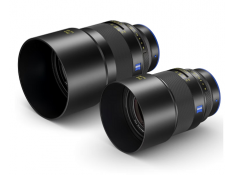 Zeiss is about to release a new Otus ML series lensMonday 13 October 2025
Zeiss is about to release a new Otus ML series lensMonday 13 October 2025 -
 Canon Publishes Patents for 28-400mm F3.5-6.31S and 28-400mm F4-81S LensesMonday 13 October 2025
Canon Publishes Patents for 28-400mm F3.5-6.31S and 28-400mm F4-81S LensesMonday 13 October 2025 -
 First spy photos of the Canon EOS R6 Mark III have been releasedFriday 10 October 2025
First spy photos of the Canon EOS R6 Mark III have been releasedFriday 10 October 2025


